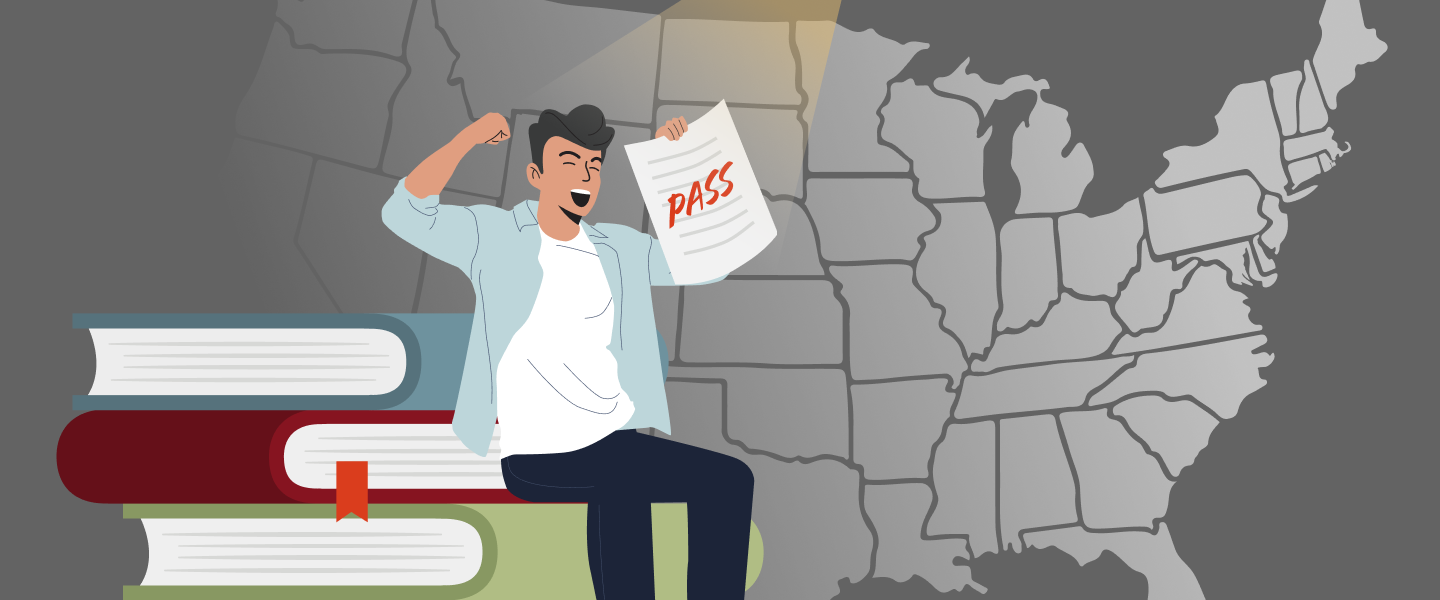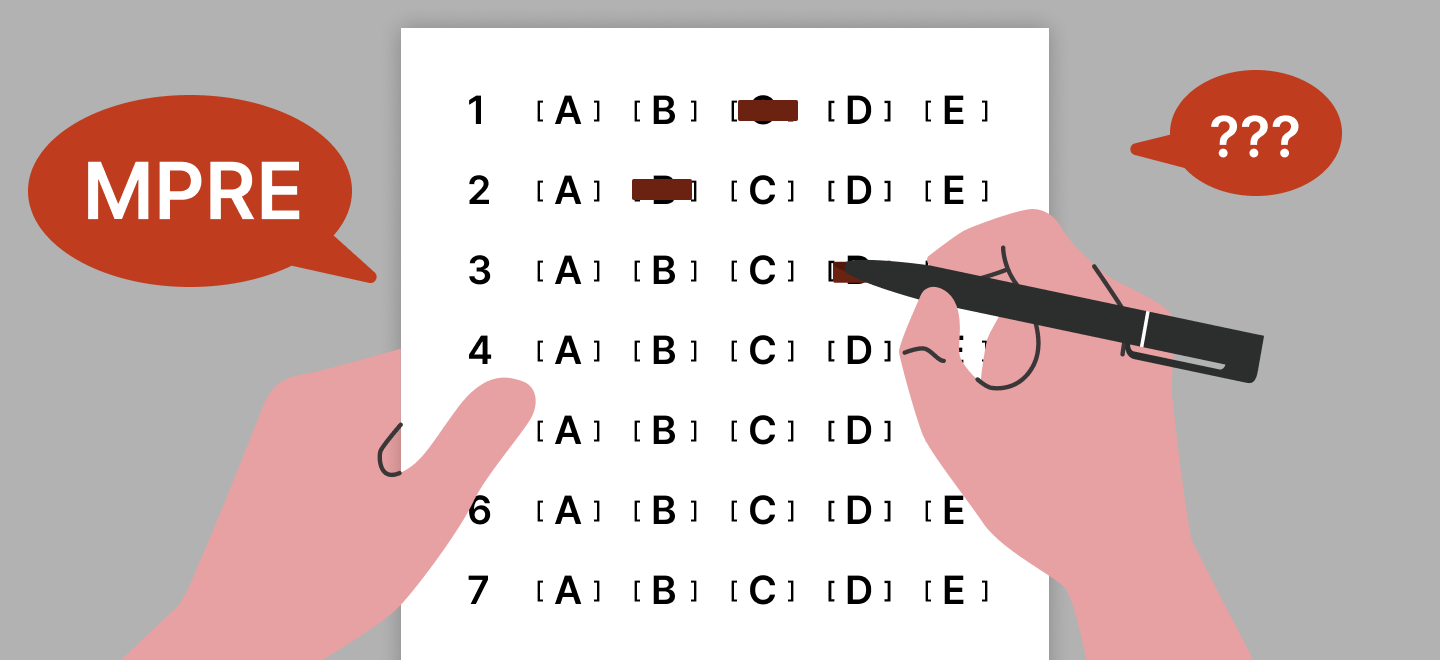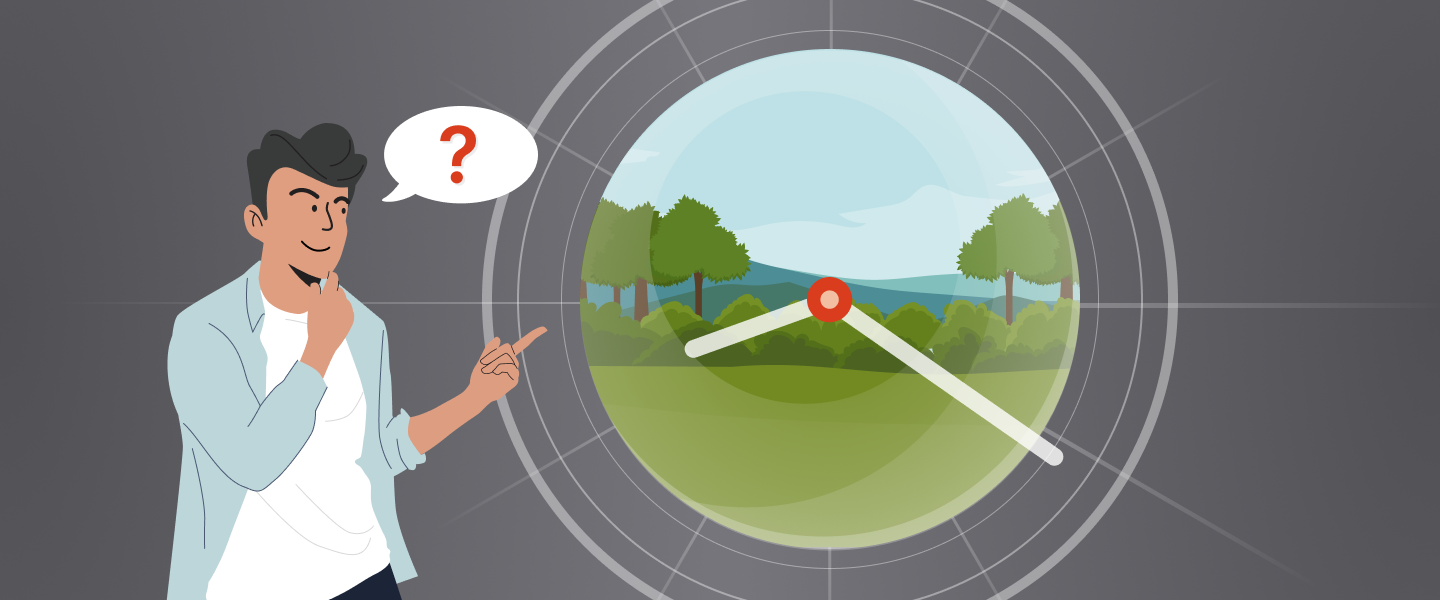
Whether you’re taking the bar exam or a law school exam, you’ll probably encounter questions involving remainders in real property. Here are a few basic concepts to take the mystery out of these future interests.
Future Interests
A remainder is a type of future interest in property. A future interest is simply a right or potential right to possess property in the future. Grantors can use these rights to plan for various possibilities.
Remainders Defined
A remainder is the future interest that typically follows a life estate. Remainders can crop up in other settings, but for practical purposes, life estates and remainders usually go together.
For example, let’s say a grantor conveys some property “to George for life, then to Martha.” George obtains a life estate, which entitles him to possess the property now. Martha obtains a remainder because she gets the property in the future, after George dies.
We can define remainders more technically, but even this technical definition is fairly straightforward. A remainder is (1) a future interest that’s (2) created in the same conveyance as the corresponding life estate and (3) has the potential to become possessory immediately and automatically when the life estate ends.
We can see how this definition fits our example, “to George for life, then to Martha.” Martha doesn’t get the property now, but she stands to get it in the future. Martha’s interest was created in the same conveyance as George’s life estate. And when George dies, Martha’s interest can immediately and automatically take effect. Thus, Martha holds a remainder.
Notice that Martha can’t get the property before George dies. A remainder never shortens or terminates the life estate but takes effect only when the life estate naturally ends. A future interest that terminates a prior estate is usually an executory interest.
Finally, a grantor never holds a remainder. If a conveyance creates a life estate but doesn’t say what happens next, the grantor retains a reversion. The property will automatically return to the grantor when the life tenant dies.
For example, let’s say a grantor conveys some property “to George for life, then to Martha.” George obtains a life estate, which entitles him to possess the property now. Martha obtains a remainder because she gets the property in the future, after George dies.
We can define remainders more technically, but even this technical definition is fairly straightforward. A remainder is (1) a future interest that’s (2) created in the same conveyance as the corresponding life estate and (3) has the potential to become possessory immediately and automatically when the life estate ends.
We can see how this definition fits our example, “to George for life, then to Martha.” Martha doesn’t get the property now, but she stands to get it in the future. Martha’s interest was created in the same conveyance as George’s life estate. And when George dies, Martha’s interest can immediately and automatically take effect. Thus, Martha holds a remainder.
Notice that Martha can’t get the property before George dies. A remainder never shortens or terminates the life estate but takes effect only when the life estate naturally ends. A future interest that terminates a prior estate is usually an executory interest.
Finally, a grantor never holds a remainder. If a conveyance creates a life estate but doesn’t say what happens next, the grantor retains a reversion. The property will automatically return to the grantor when the life tenant dies.
Vested and Contingent Remainders
Vested remainders: Without a doubt
Imagine that our grantor definitely, certainly, without a doubt wants Martha to get the property when George dies. The conveyance “to George for life, then to Martha” does exactly that. Martha is identified as the person who gets the property upon George’s death, and there are no other conditions or requirements for her to do so. Therefore, Martha holds a vested remainder.
Again, we can capture this simple idea a bit more technically. A remainder is vested if (1) it’s held by a living, identifiable person and (2) there are no conditions to that person taking possession of the property when the life tenant dies. A vested remainder tells us exactly what will happen when the life estate ends.
Again, we can capture this simple idea a bit more technically. A remainder is vested if (1) it’s held by a living, identifiable person and (2) there are no conditions to that person taking possession of the property when the life tenant dies. A vested remainder tells us exactly what will happen when the life estate ends.
Contingent remainders: We’re not so sure
Now let’s say our grantor has some doubts about Martha’s ability to maintain the property and pay the taxes if she acquires it. Our grantor can create a condition to address this concern. Imagine that he conveys the property “to George for life, then to Martha if she’s gainfully employed.”
Martha still holds a remainder because her future interest was created in the same conveyance as the life estate, and her interest potentially could become possessory immediately and automatically when George dies. But now there’s a catch: Martha’s possession depends on her being employed when George dies.
This extra condition makes Martha’s remainder a contingent remainder.
A remainder also can be contingent if we can’t precisely identify who holds it. Let’s say our grantor wants to keep the property in George’s family after George’s death. Let’s also say that George has 5 children under age 10. The grantor conveys the property “to George for life, then to the first of George’s children to reach age 18.”
One of George’s 5 children stands to get the property when George dies, but right now we can’t tell which one.
This leads us to a full definition of a contingent remainder. It’s simply a remainder that (1) is held by some nonliving or nonidentifiable person or (2) depends on some condition in addition to the end of the life estate. Martha holds a contingent remainder because we don’t know whether she’ll be employed when George dies. George’s children hold contingent remainders because we don’t know which one of them will turn 18 first.
Martha still holds a remainder because her future interest was created in the same conveyance as the life estate, and her interest potentially could become possessory immediately and automatically when George dies. But now there’s a catch: Martha’s possession depends on her being employed when George dies.
This extra condition makes Martha’s remainder a contingent remainder.
A remainder also can be contingent if we can’t precisely identify who holds it. Let’s say our grantor wants to keep the property in George’s family after George’s death. Let’s also say that George has 5 children under age 10. The grantor conveys the property “to George for life, then to the first of George’s children to reach age 18.”
One of George’s 5 children stands to get the property when George dies, but right now we can’t tell which one.
This leads us to a full definition of a contingent remainder. It’s simply a remainder that (1) is held by some nonliving or nonidentifiable person or (2) depends on some condition in addition to the end of the life estate. Martha holds a contingent remainder because we don’t know whether she’ll be employed when George dies. George’s children hold contingent remainders because we don’t know which one of them will turn 18 first.
From contingent to vested
A contingent remainder can change to a vested remainder. Assume that George’s daughter Betsy becomes the first of the 5 children to turn 18. Now we know that Betsy will take possession when George dies because she’s fulfilled the condition and there’s nothing else she has to do to become entitled to the property. Betsy’s contingent remainder has vested, and the property will automatically become hers when George dies.
Destructibility of contingent remainders
What would happen if none of George’s children had turned 18 by the time George died? At common law, a contingent remainder was destroyed if the life estate ended before the remainder vested. Most states no longer follow this rule. Instead, the grantor of a contingent remainder is deemed to hold a reversion, which will transfer the property back to the grantor upon the life tenant’s death until the contingent remainder vests. In our example, the property would return to the grantor until one child became the first to reach age 18. That child then would get the property.
Things to Do with Remainders
At common law, contingent remainders could be devised by will or inherited, but they usually couldn’t be transferred during the remainderman’s lifetime. Vested remainders could be devised, inherited, or transferred, like most other property interests. Today, most jurisdictions treat both vested and contingent remainders as devisable, descendible, and fully transferable.
For Further Learning
If you want to dig deeper, Quimbee can help you learn how vested remainders might become shared or divested. You can also learn how the rule against perpetuities affects contingent remainders and other unvested future interests.
From your first day of law school to your final day of practice, Quimbee is here to help you succeed. Get up to speed on remainders and other tough property concepts with essential video lessons, essay practice exams, and multiple-choice questions. Check out Quimbee Bar Review+ to explore the features students across the country rely on to help them pass the bar exam on their first attempt. To learn more, book a free, 30-minute course tour with a bar review director.
From your first day of law school to your final day of practice, Quimbee is here to help you succeed. Get up to speed on remainders and other tough property concepts with essential video lessons, essay practice exams, and multiple-choice questions. Check out Quimbee Bar Review+ to explore the features students across the country rely on to help them pass the bar exam on their first attempt. To learn more, book a free, 30-minute course tour with a bar review director.







